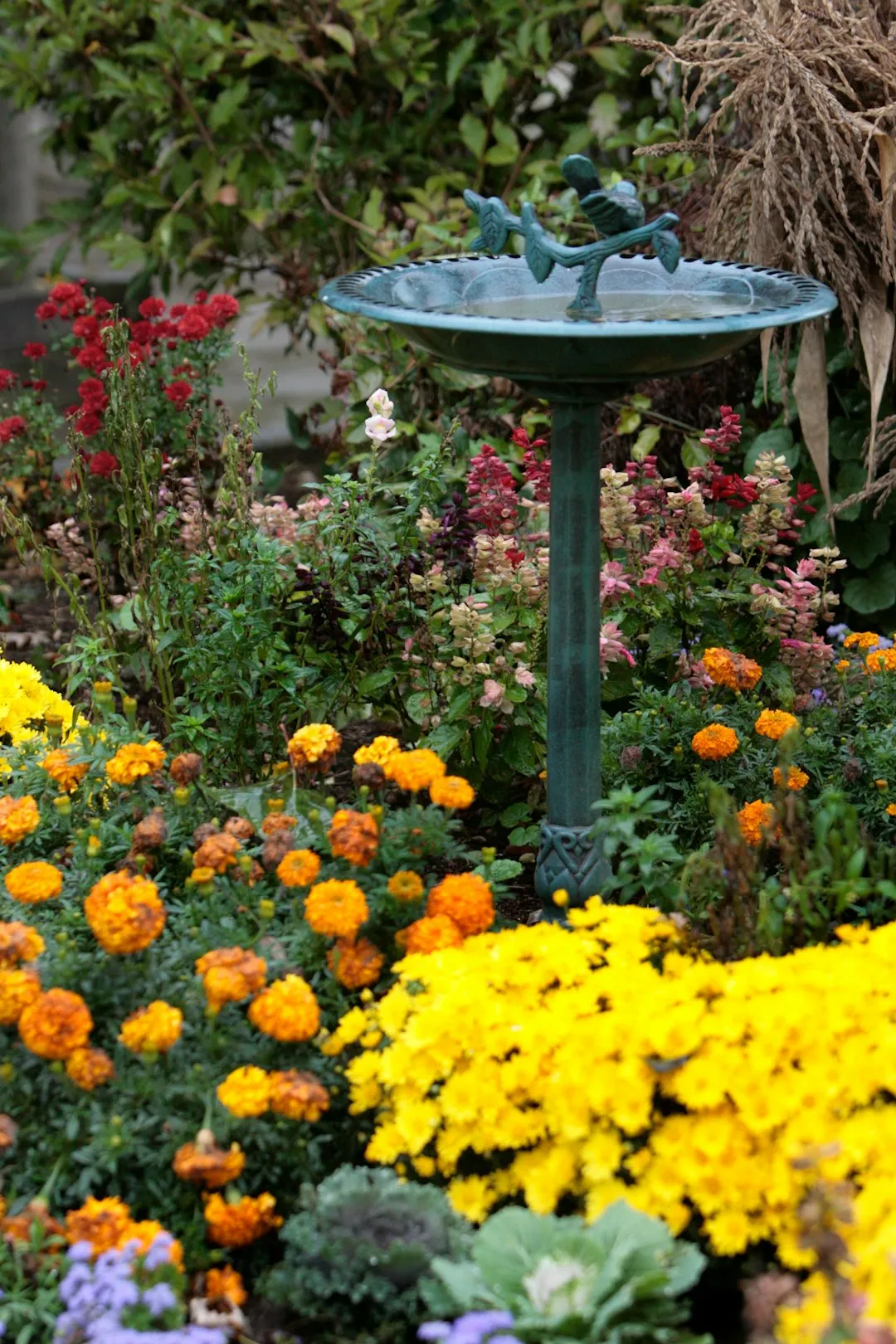The Enchanting World of Hardy Hibiscus in Cool Climates

When it comes to flowers gardening, there is a plant that stands out with its tropical - looking allure even in cooler climates: the hardy hibiscus. This perennial plant is a true gem, boasting dinner - plate - size blossoms that can bring a touch of the tropics to your garden year after year.
Hardy hibiscus, also known as Hibiscus moscheutos, is a species that has adapted remarkably well to various environmental conditions. Unlike many tropical plants that wither away at the first sign of cold, the hardy hibiscus can thrive in regions where the temperature drops significantly during the winter months. Its ability to survive and come back stronger each year makes it a favorite among gardeners who want long - lasting beauty in their gardens.
The most striking feature of the hardy hibiscus is undoubtedly its large, showy flowers. These blossoms can reach an astonishing size, often measuring up to 12 inches in diameter. The petals come in a wide range of colors, from soft pastels like pink and lavender to bold and vibrant hues such as red and white. Each flower has a unique pattern and texture, adding to its visual appeal. The center of the flower is usually a contrasting color, which serves as a nectar guide for pollinators.
One of the reasons why the hardy hibiscus is so well - suited for cooler climates is its root system. The plant has a deep and extensive root network that helps it to access water and nutrients even in less - than - ideal soil conditions. This root system also provides stability, allowing the plant to withstand strong winds and heavy rain. During the winter, the roots go dormant, protecting the plant from the cold. When spring arrives, the roots start to wake up, sending up new shoots and leaves.
Planting hardy hibiscus in your garden is a relatively straightforward process. First, choose a location that receives full sun for at least six hours a day. The soil should be well - drained, but also rich in organic matter. You can improve the soil quality by adding compost or well - rotted manure before planting. Dig a hole that is twice as wide and just as deep as the root ball of the plant. Place the plant in the hole, making sure that the top of the root ball is level with the soil surface. Backfill the hole with soil, gently firming it around the plant. Water the plant thoroughly after planting.
Once established, the hardy hibiscus requires minimal maintenance. Regular watering is essential, especially during dry spells. However, be careful not to over - water, as this can lead to root rot. Fertilize the plant in the spring with a balanced, slow - release fertilizer to promote healthy growth and abundant flowering. Pruning is also an important part of maintaining the plant. In the late winter or early spring, cut back the dead stems to about 6 inches above the ground. This will encourage new growth and a bushier appearance.
Hardy hibiscus is not only a beautiful addition to your garden but also an important source of food for pollinators. Bees, butterflies, and hummingbirds are attracted to the large, colorful flowers. By planting hardy hibiscus, you are not only creating a visually stunning garden but also supporting the local ecosystem. The pollinators help to transfer pollen from one flower to another, which is essential for the reproduction of many plants.
In addition to its ornamental value, the hardy hibiscus has some practical uses as well. The flowers can be used to make tea, which is said to have a variety of health benefits. The tea is rich in antioxidants and has a tart, refreshing flavor. Some people also use the flowers in salads or as a garnish for desserts.
As the seasons change, the hardy hibiscus goes through a fascinating transformation. In the spring, the plant emerges from its winter dormancy, sending up new shoots and leaves. The leaves are large and lobed, with a deep green color. As the summer progresses, the buds start to form, and soon the garden is filled with the magnificent blooms of the hardy hibiscus. In the fall, the flowers start to fade, and the plant prepares for winter. The leaves turn yellow and eventually fall off, leaving the bare stems behind.
In conclusion, the hardy hibiscus is a remarkable plant that combines the beauty of tropical flowers with the resilience of a perennial. Its large, showy blossoms, adaptability to cooler climates, and low - maintenance requirements make it an excellent choice for any garden. Whether you are a seasoned gardener or just starting out, adding hardy hibiscus to your garden will surely bring joy and color for years to come.